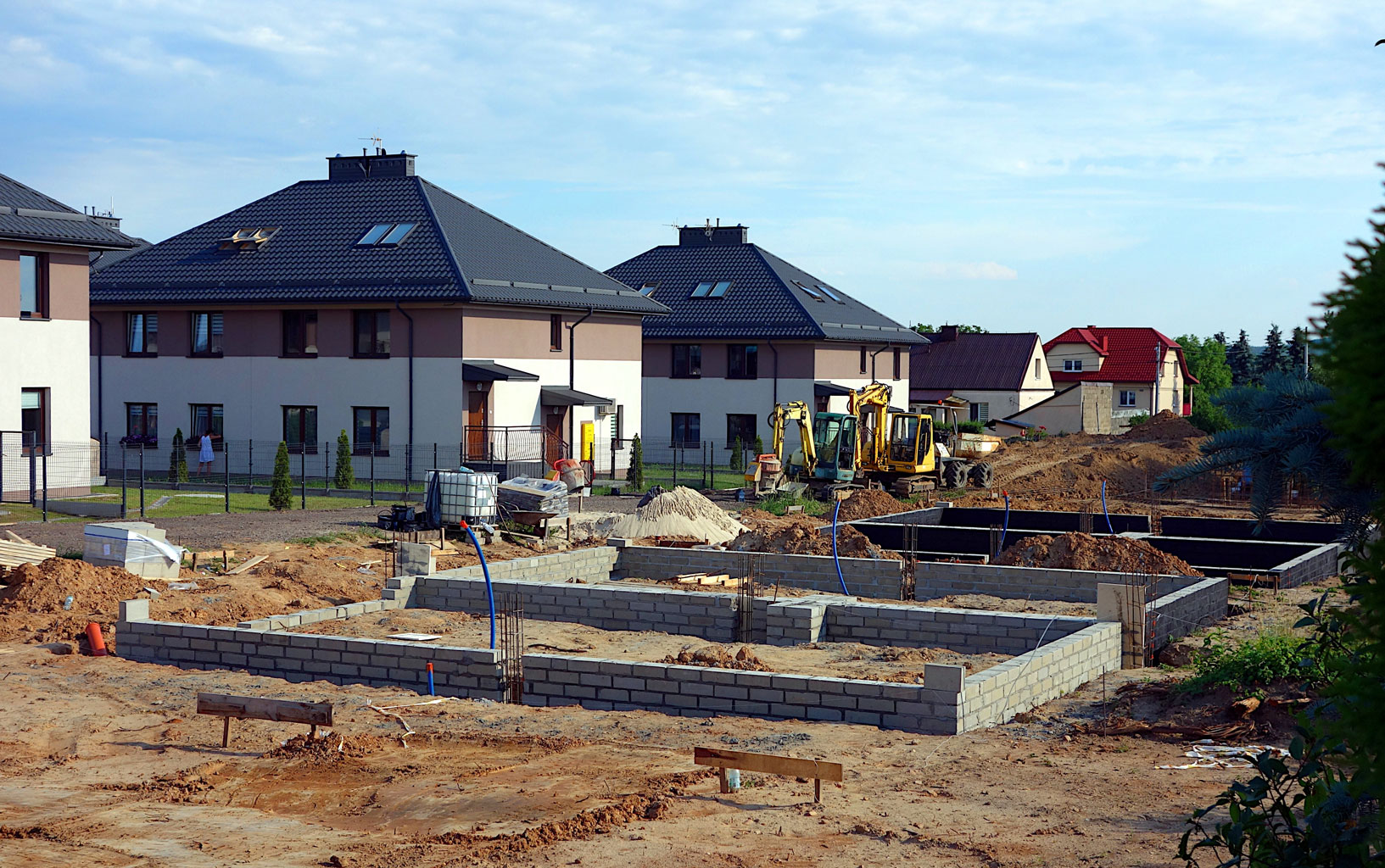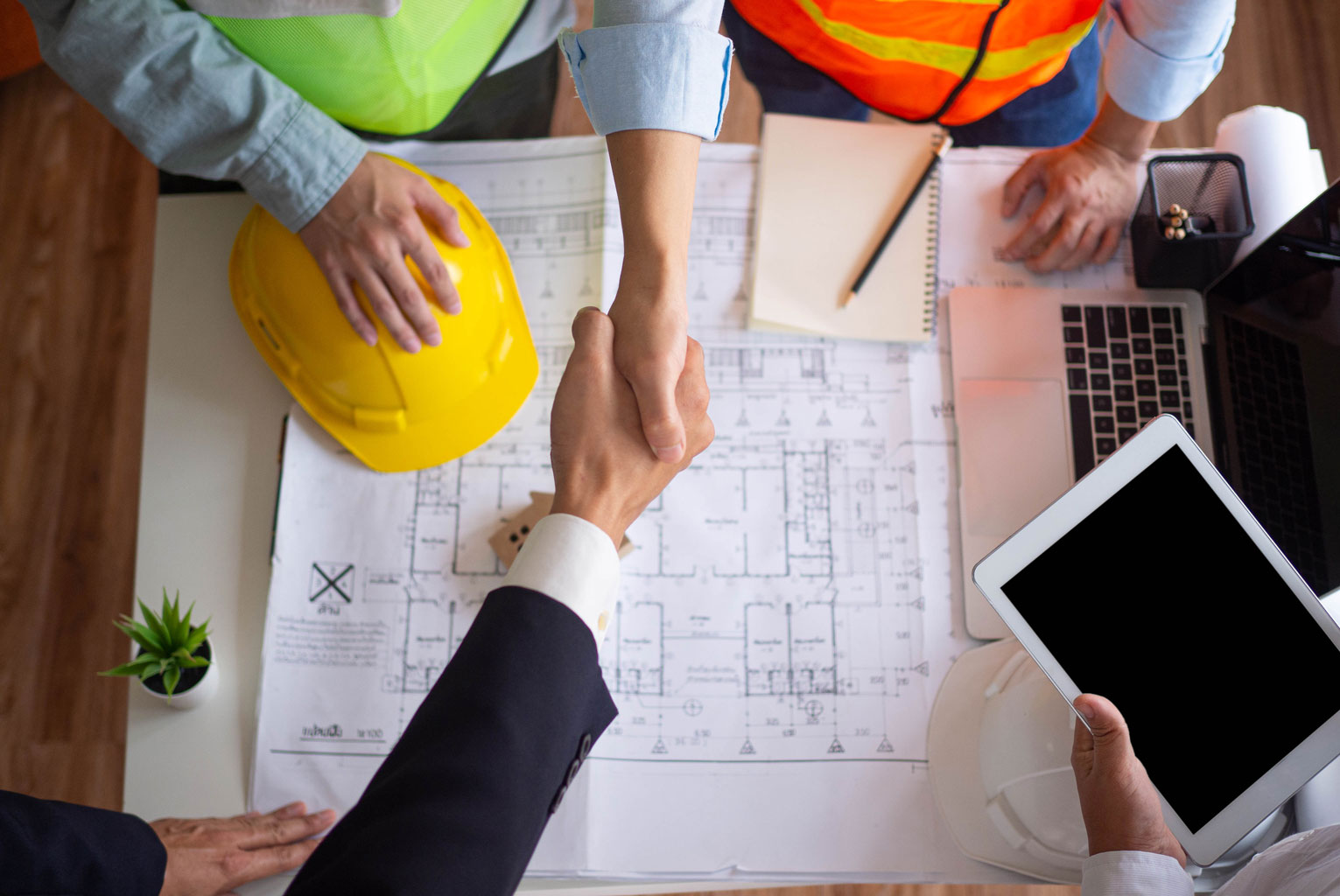The process of underpinning usually involves the injection of resin into the ground beneath your home through small holes. The resin then expands, filling any vacated spaces, to strengthen the foundation and re-level the building thus, restoring your building’s structural integrity.
Underpinning may be needed for a range of reasons including, but not limited to: a weak or unstable foundation, altered soil properties which support the building, increasing the load capacity of the current foundation to enable the extension of the building and re-stabilising the foundation after an earthquake, flood, drought or other natural disasters.


Underpinning is a cost-effective solution that has proven to be successful within the construction industry. The cost of underpinning is significantly lower than the cost of a demolition and rebuild. It can be performed on a variety of buildings, from residential to industrial, as well as building types.
Common Types of Underpinning:
- Pier, brick/block/concrete/metal/screw piers
- Contiguous boundary piers with capping beam
- Continuous footing
- Grout injection
- Soil stabilization
- Adjoining neighbours footing. As your new footing is going below grade of the bottom of neighbour’s then by law you are responsible for ensuring no damage to neighbour’s property.
Underpinning is a cost-effective solution that has proven to be successful within the construction industry.

